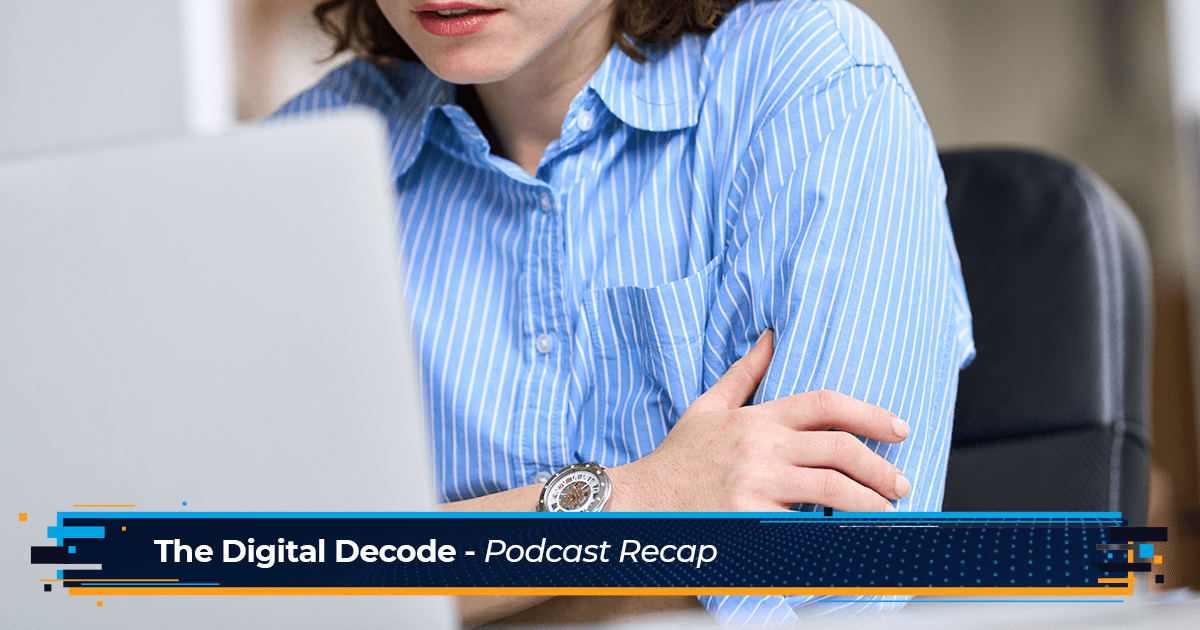
The state of work has changed several times over the past few years alone. From in-office to remote work, then from remote work to the hybrid model, employees and employers have been challenged by the ongoing need to keep up with modern policies, technologies and beyond.
Regardless of how, one thing is for sure: the way we work has altered behavior and user experiences across the board. Bill Fix, Collaboration Practice Director at Presidio and our partners from Cisco, Cassie Stone, Justin Fields, and Bob Cicero discuss how the world has had to rethink the way we go to work.
Join us as we discuss:
-
- What effectively enabling hybrid workstyles looks like
- The importance of user experience and how to design around it
- How to understand and utilize the data behind space and experience
What effectively enabling hybrid workstyles looks like
In a lot of ways, Cisco lucked out: when the COVID-19 pandemic hit, adapting to a fully-remote work environment was easier because part of the Cisco workforce was working from home.
But that was an all-or-nothing approach and, as hybrid work models become more and more attractive, there’s a new call to be intentional about work style and workplace design that didn’t exist before.
“We believe thinking about hybrid work is fundamentally different,” Bob says. “We have to think about what’s physically happening in the room and how you bring the physical and virtual together to make sure everyone feels included.”
Building a curated experience that focuses on encompassing people working remotely and in-person in everything from architecture to furniture selection is crucial to fostering inclusion. Especially since, for many people, they’re still logging onto virtual meetings from an in-person environment, crafting those spaces for collaborations is still essential.
“One of our clients said, ‘If we’re coming back to the office, we’re not coming back to sit at a desk. We’re coming back to collaborate,’” says Bill. “That’s why we have to reimagine how we use space.”
The importance of user experience and how to design around it
When people shifted to a remote working environment during the COVID-19 pandemic, their whole work experience changed. While before they were able to drive away from home and work in a space dedicated to focus and collaboration, now they had to balance the demands of their personal and family lives — the noise of children, the meetings of a spouse, and so on — with their work.
Now that people are returning to work, it’s important to prioritize not just spatial usage but also the experiences employees are having in those spaces. For many, there were real creature comforts they got to enjoy by working from home — comfortable chairs, extra monitors and so on — that should be folded into the hybrid working experience.
“People don’t want to go back to a cube,” says Justin. “They want to go back to an experience. If people have the same or a better experience as when they go back to the office, they’re going to stay at home.”
That’s why thinking about how to design around the new ways people use space in the era of hybrid work models is so important: people have different priorities now than they did before the pandemic, and those priorities can be spoken to in building design.
“For example, health and wellness have been a huge focus,” says Bill. “We thought through how we could maximize things like natural daylight solutions that are based on biology for optimal health. And it was the same for other factors like sustainability.”
How to understand and utilize the data behind space and experience
Collecting data on how spaces are used through badge scans, WiFi usages and collaboration endpoints can provide valuable insights into how people are using your office space — and if they’re using it at all.
Where before many company leaders could only guess at how spaces were being used and if they were being used efficiently, now they have the ability to get hard numbers – and they can examine those numbers to uncover how to make office spaces the most hybrid work-friendly possible.
“What we’ve learned at Cisco is, thanks to all that data, we can help our space planning journey in the future,” Bob says. “We used to only be able to go on our feelings, but now that we have this data, we can think about the office differently with concrete information to back it up.”
Want to learn more about how the future of hybrid work rests in efficient space usage, user behaviors, and the all-important employee experience? Listen on Apple Music, Spotify or wherever you find your podcasts.










































































































































































































































